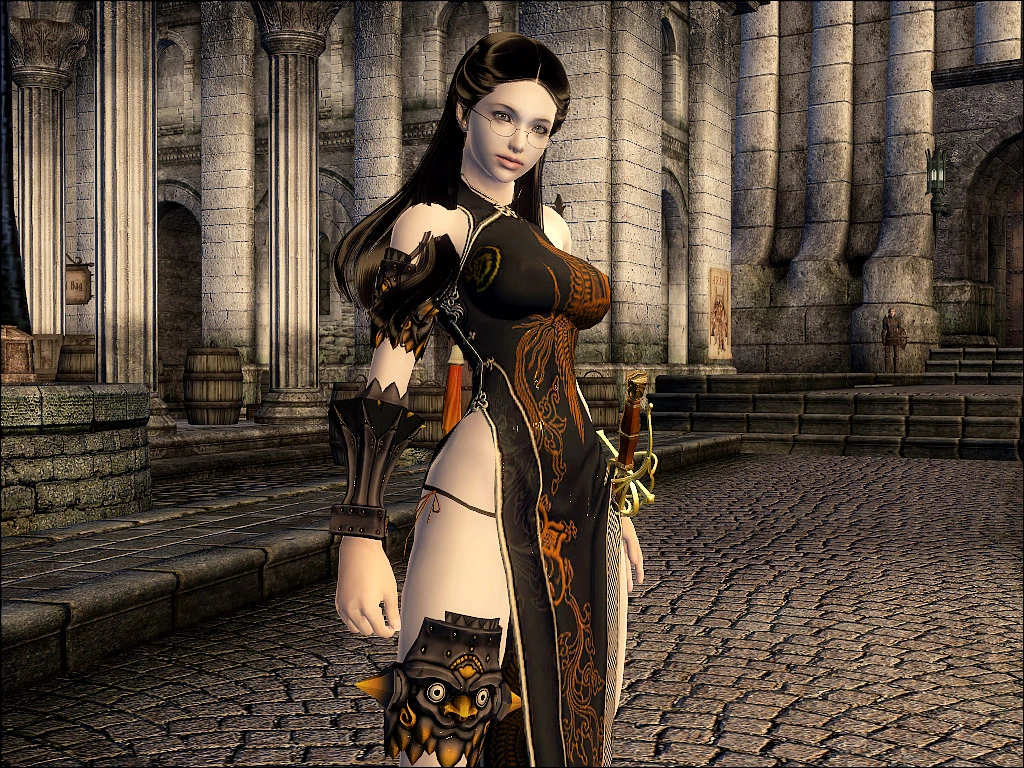
Blade And Soul Mods 2019

Blade And Soul Mods Tutorial
Personal project I decided to (partially) release to the public. This project is for educational purposes only. Using this on a live server is against the Blade & Soul Rules of Conduct and User Agreement. How To - Mod Blade and Soul - UPDATED. 1.6k; 0; Watch video Uploaded at 22:02 27 Feb 2018. We Can Dance If We Want To - Blade and Soul Dance Mod Showcase.

Blade And Soul Model Viewer

Slack has quickly become the first name in business collaboration and messaging since it launched in 2013, and its free Mac app is the best way to keep in touch with your team. Bringing everything. Dec 27, 2019. Apr 15, 2020. Apr 17, 2018. Jan 07, 2020.
Blade And Soul Mods 2019
Blade And Soul Mods Tutorial
Personal project I decided to (partially) release to the public. This project is for educational purposes only. Using this on a live server is against the Blade & Soul Rules of Conduct and User Agreement. How To - Mod Blade and Soul - UPDATED. 1.6k; 0; Watch video Uploaded at 22:02 27 Feb 2018. We Can Dance If We Want To - Blade and Soul Dance Mod Showcase.
Blade And Soul Model Viewer
Blade and Soul MOD > Animation Data in BNS UPK
|
